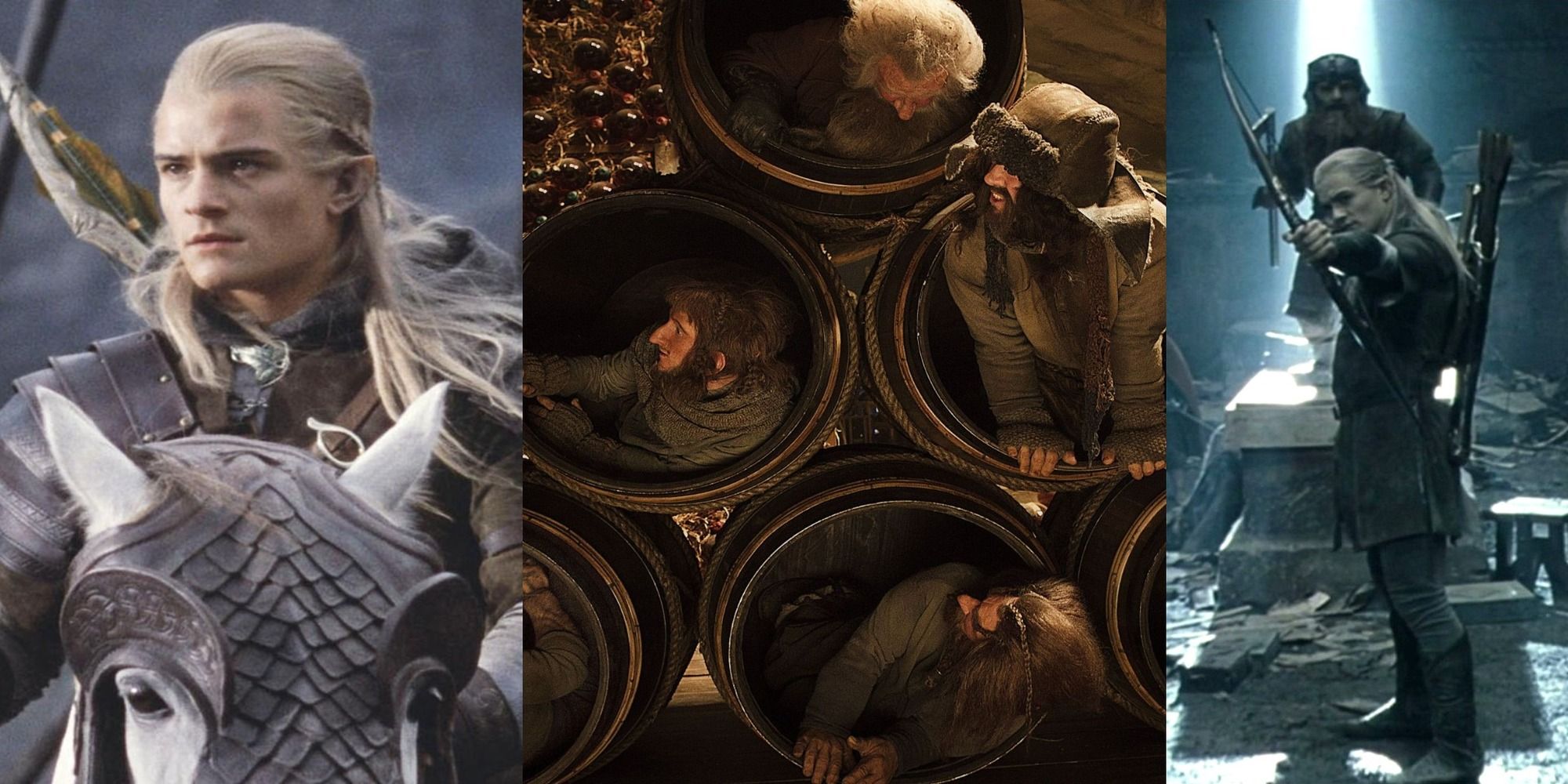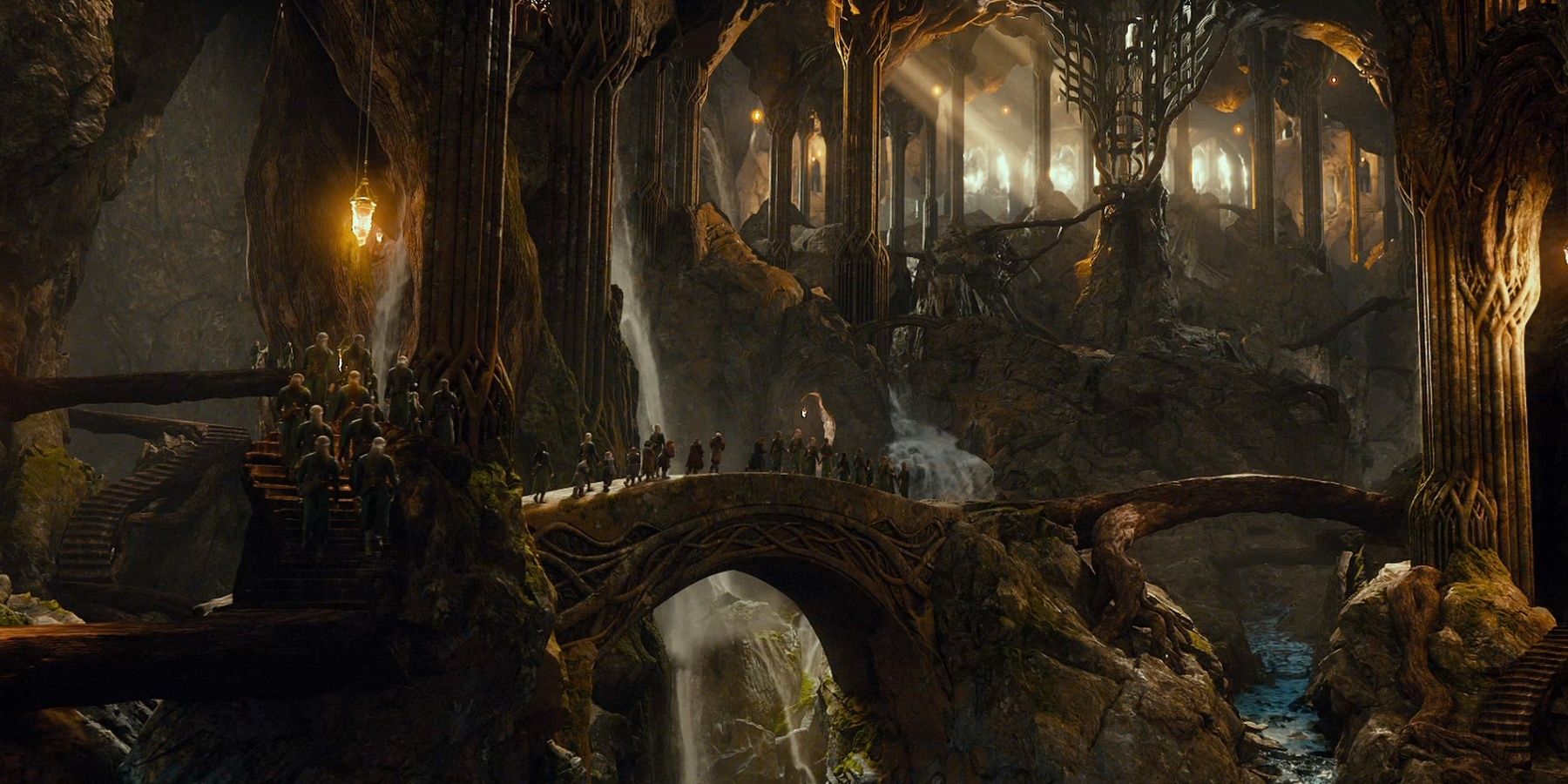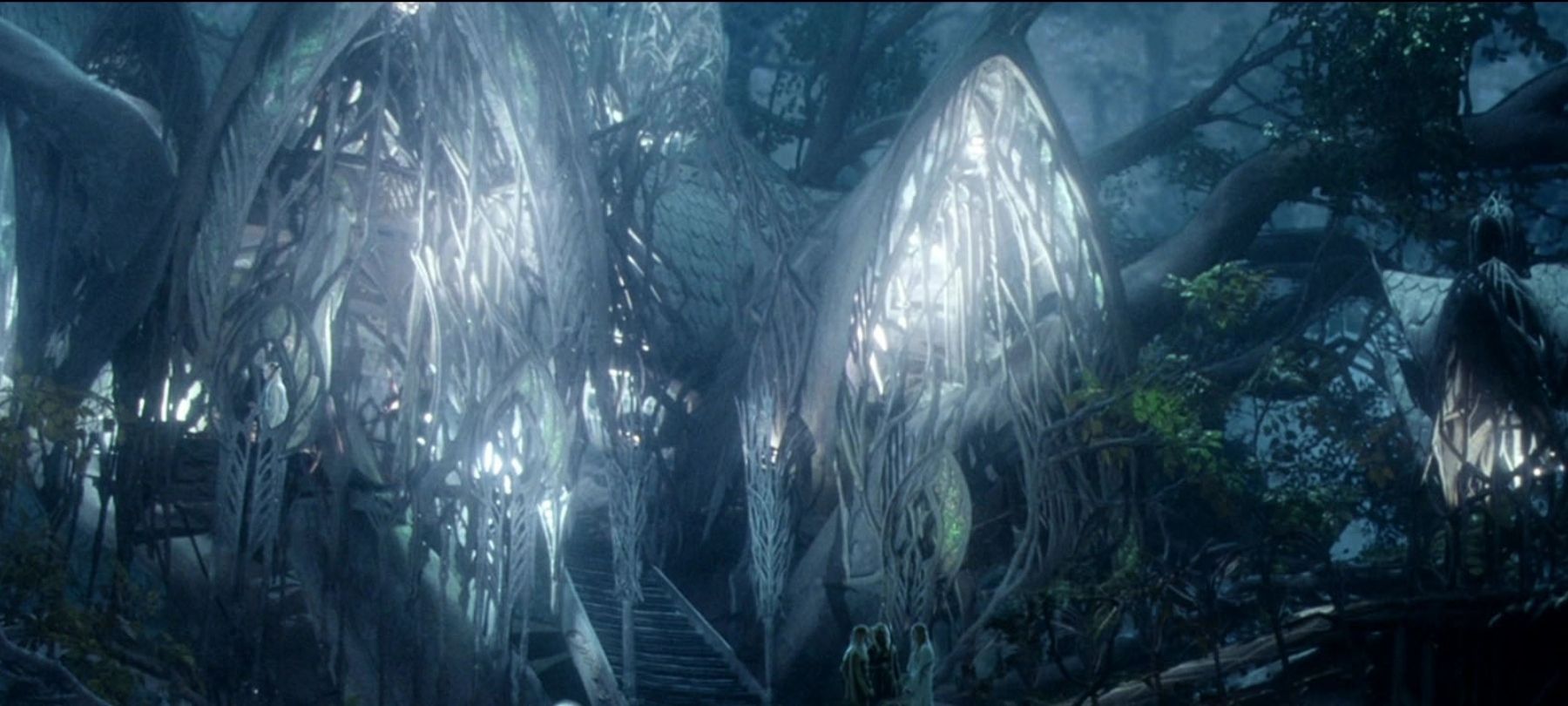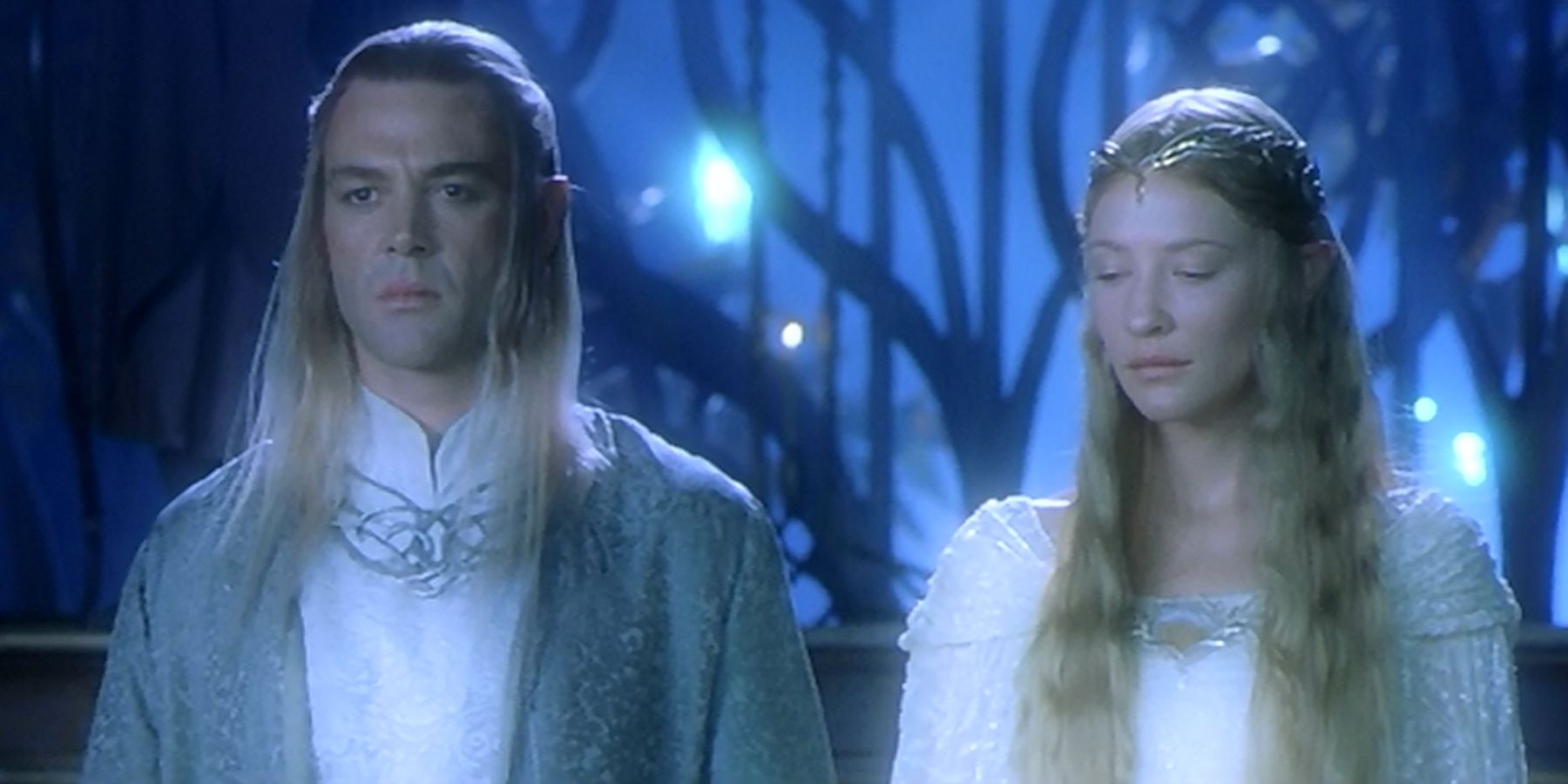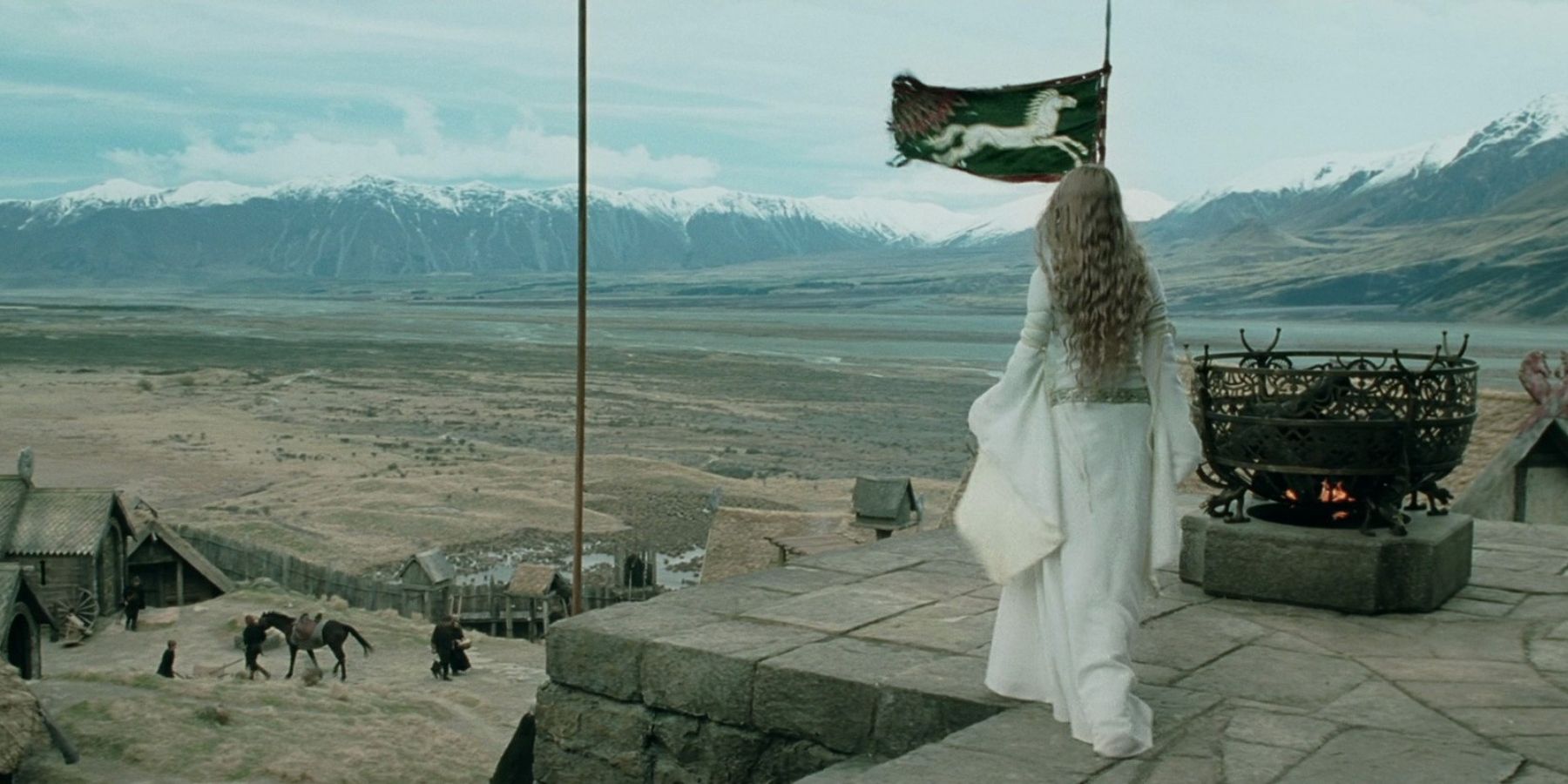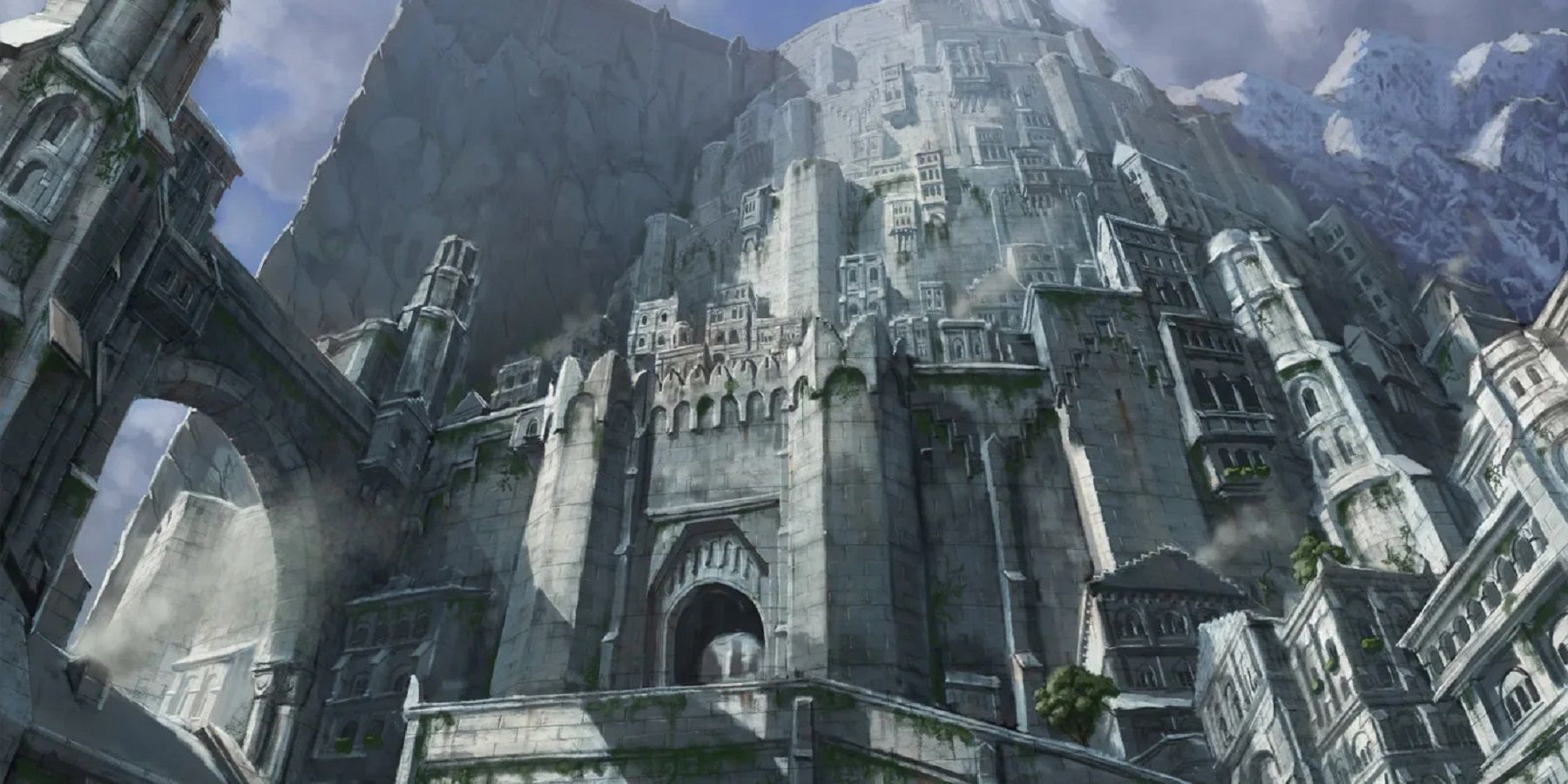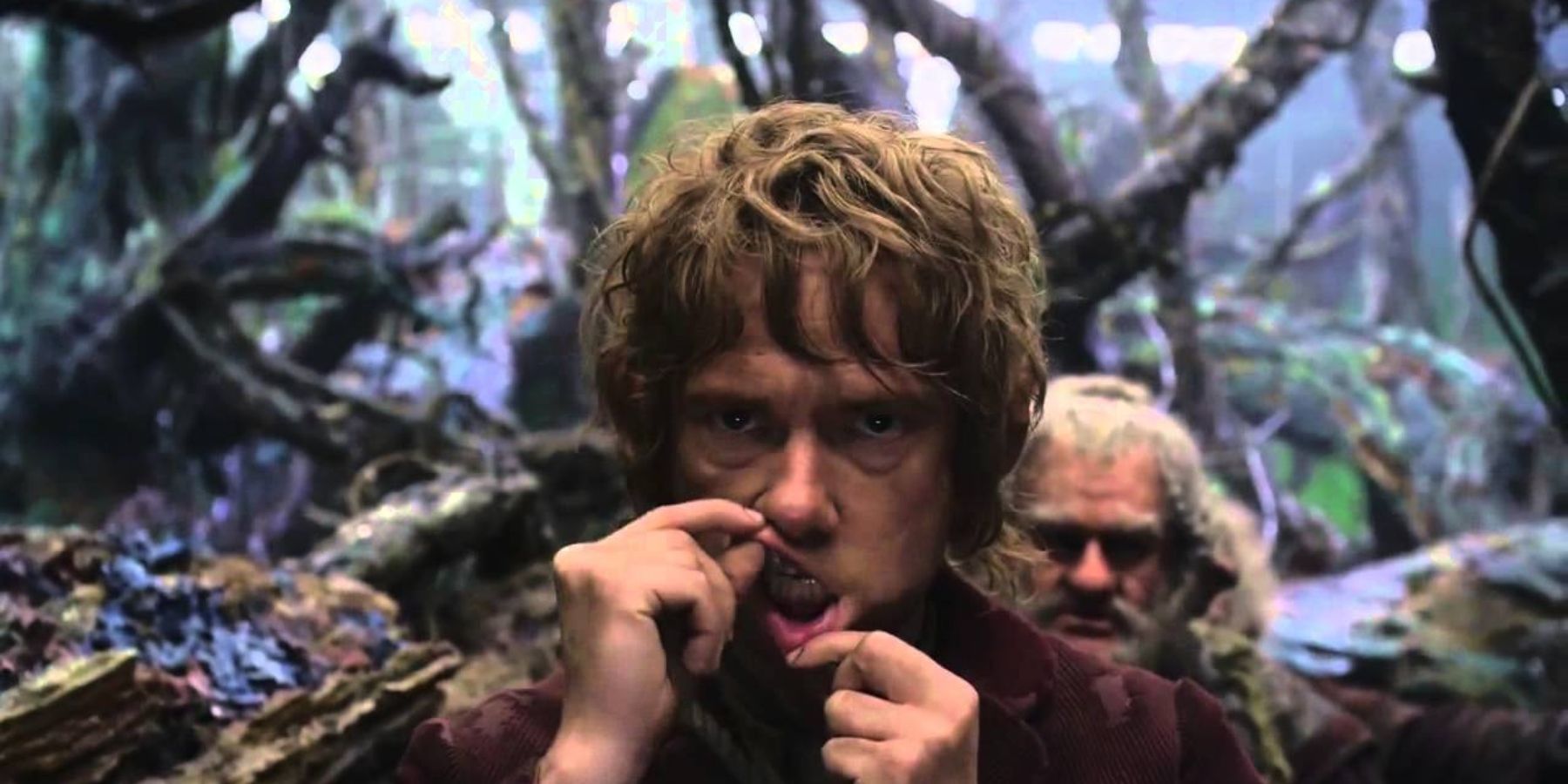The Elves of Tolkien lore have little in common with the mythological creatures of old children's books. Depicted as beings of beauty, knowledge, and spiritual power unknown to the other races of Middle-earth, they are also the oldest race and live forever.
The lore surrounding the lives of Middle Earth is detailed and varied, making up some of the most fascinating and unique literature of the 20th century. The Silmarillion, which records the earliest years of the Elves and their heroic exploits, is written on an epic scale that isn't seen very often in the modern age. Legolas, the member of the Fellowship that represents the Elves of Middle Earth, has some cool moments in the movies, but the viewer never gets to know much about his backstory or history unless they read the books.
6 He's A Sindar Elf
The Elves were separated into a number of different groups and races throughout history, but there were always two main groups above all other regional or blood ties: the Eldar and the Avari. Early in the history of Arda, the realm that includes Middle-earth, the Eldar were the Elves that answered Oromë's summons to join him in Valinor with the other Valar. The Avari refused and stayed in the wilds of Middle-earth.
The Eldar are also divided into three groups, the Vanyar, the Noldor, and the Teleri. The largest group is the Teleri, and the Sindar are their descendants. Legolas' father Thranduil was from a place called Doriath, a kingdom ruled by the legendary King Thingol and his wife Melian, who was of the Maiar like the Wizards. The identity of Legolas' mother is completely unknown, so it's possible he's half-Sindar.
5 He Negotiates Passage To Lothlorien
In the movies, it's Aragorn that does that heavy lifting here, ensuring that every member of the Fellowship is allowed to pass through Lothlorien. This makes sense for the cinematic narrative, because Aragorn is going to be king of all Middle-earth, and part of that is uniting all the races under a single banner.
In the books, on the other hand, it's Legolas who steps up to take care of this, and being the son of King Thranduil, it would have been expected of him. It was his idea to blindfold the whole company, including himself, as they were led into Lothlorien. This agreement secured passage for everyone — partially because in the literature, the Elves were much more concerned about the presence of a Dwarf than the One Ring.
4 Galadriel's Message
In the books, when Gandalf was "sent back" after defeating the Balrog, he was not sent directly to his friends in Fangorn but to Lothlorien, to recover under the care of Galadriel and Celeborn. While he was there, Galadriel gave him a personal message that was specifically meant for Legolas.
The message consisted of four lines of a song, the last two of which are: "If thou hearest the cry of the gull on the shore, Thy heart shall then rest in the forest no more." By this time, Legolas had yet to see the sea, always happy in his woodland home. True to Galadriel's warning, when he heard the cry of the gulls at Pelargir where he and Aragorn took the Black Ships, a longing awakened in his heart to sail to the Undying Lands.
3 He Speaks Old English
Most readers know that Legolas has a lot more to say in the literature than in the movies, with most of his poetic dialogue lost in the adaptations. However, only the really hardcore readers know that Legolas quotes a few poems in Old English. These are something like Easter eggs for book nerds who like obscure historical references, and those who are aware of Tolkien's distinguished history as a brilliant and accomplished linguist.
In The Fellowship Of The Ring, Legolas quotes some poetic lines while the group is passing by some old Elvish ruins, taken from an 8th or 9th-century poem called The Ruin. When Legolas, Gimli, and Aragorn are approaching the capital of Rohan, only Legolas has eyes keen enough to see the Hall of Meduseld, and describes it using a line from Beowulf.
2 Minas Tirith Needs More Landscaping
Speaking of Legolas expressing himself through poetry and music, he had something to say about Minas Tirith — and he wasn't exactly fawning over it like everyone else. As the fellowship ascended to the Houses of Healing, he sang an elvish song that suggested the city had too much stone and needed more gardens.
Once they reached the Houses of Healing, Legolas hears birdsong and remembers the cries of the gulls by the sea. He continues to recite a poem about flowers and trees, but this time he mentions a place called Lebennin, a delta made up of five rivers in the south of Gondor that lead into the sea.
1 He's Not Even Mentioned In The Hobbit
This might sound strange to fans of the series who haven't read the books. There is a substantial portion of The Hobbit novel that takes place literally in Legolas' house, but he doesn't appear in the book at all. King Thranduil doesn't even mention his son.
People who read the books might never ask themselves about Legolas' absence from The Hobbit. Given that Mirkwood was getting more dangerous because of the growing power of Sauron at the time, he did have a good reason to stay in the wild as opposed to spending time at home. Further speculation in The History of The Hobbit by John D. Rateliff maintains that had Tolkien followed through with a 1960 edit of the novel, Legolas might have been included after all.

